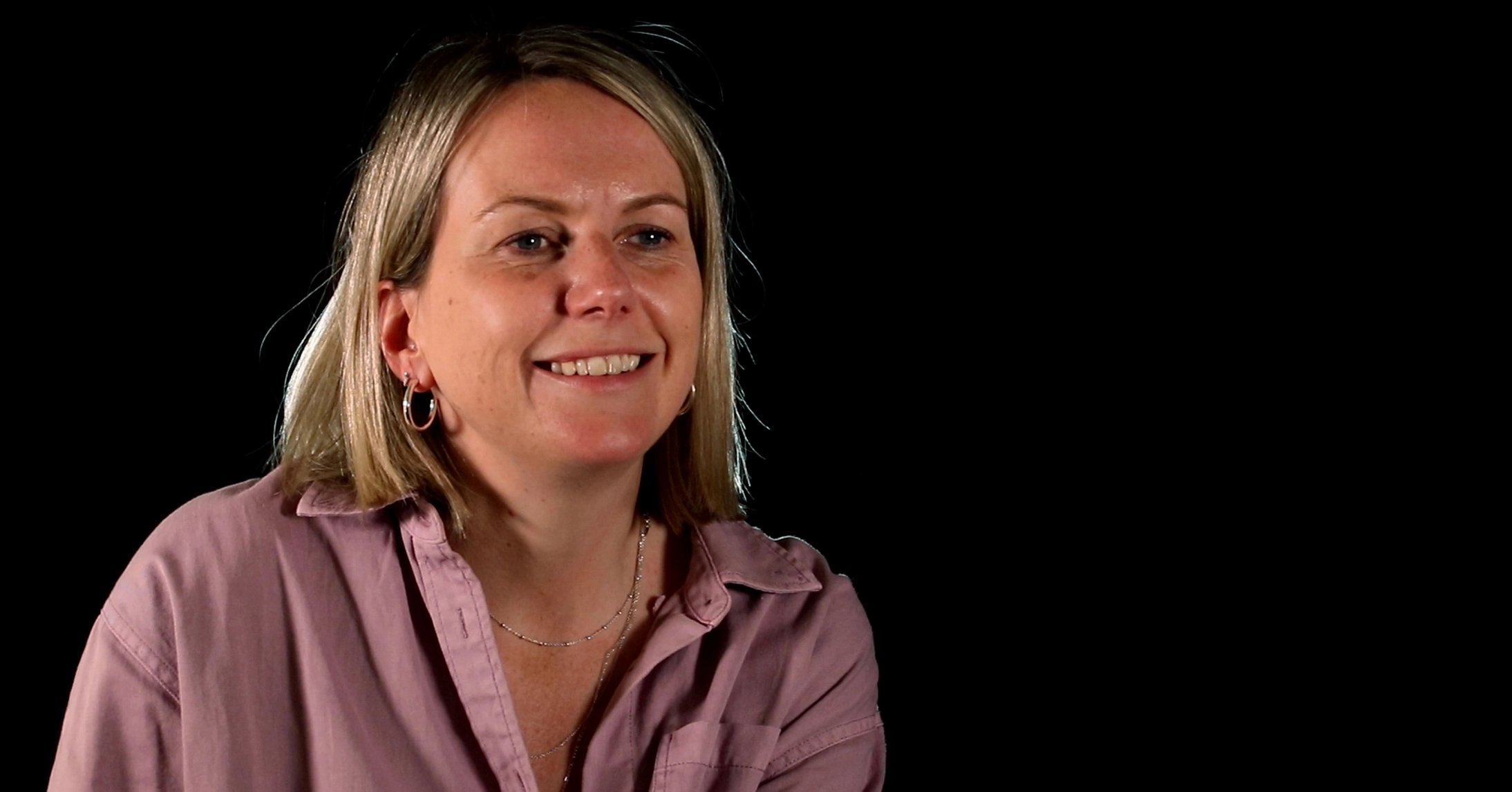Using growth to bridge the age-old sales and marketing divide
I didn’t ever think I’d start an article with an excerpt of my life story, but here goes…
I met my husband 15 years ago. We were both graduates on a well-established CPG graduate scheme. He was in the marketing function; I was in sales.
In those days, this was akin to being a Montague and a Capulet. Our jobs were totally, undeniably, separate. He did brand stuff like talking to consumers, developing packaging and making ads; I did sales, writing presentations for customers, analysing promotions, developing JBPs.
Fast forward to today and we both still work in consumer goods (yeah, we’re THAT couple…). He has stayed true to his brand calling, I specialise in category growth. And yes, after all these years I’m pleased to say we ‘get’ what each other does, and the lines have definitely started to blur a bit more.
I’m frequently involved in developing brand planning processes which link brands, categories and commercials.
His brand plans are baked in category and shopper insight. As a consultant I’m frequently involved in developing brand planning processes which link brands, categories and commercials.
And thank goodness for that, because the world is a pretty different place to how it was all those years ago. Consumer / shopper lines are blurring; the way we consume media is changing; long gone are the days of watching an ad and then going into store to buy it.
Marketing has had to become more commercialised – because these days where and how products are sold is as important as the messages that brands communicate.
We buy what we want, when we want, where we want – our experience journey has become more integrated; surely in turn so have the teams that develop & sell our products?
Our experience journey has become more integrated; surely in turn so have the teams that develop & sell our products?
Sadly, this doesn’t seem to be the case - the sales and marketing divide that was there back in 2004 still rears its ugly head on a far too regular basis. Clients often talk about internal alignment being as big a challenge as external. Brand teams spend an inordinate amount of time ‘getting sales on side’. Sales teams still seem to hold an underlying suspicion that brand teams spend their days sitting on agency beanbags brainstorming.
We waste endless hours locked in internal stalemate, seemingly forgetting that all we all want (and what pays us, at the end of the day) is creating realistic, sustainable growth for our products and brands. It’s the same goal, so why the hell do we make it so complicated?
The fact is, these attitudes have been so deeply entrenched in us that they’re difficult to overcome, and business structures don’t help. Hands up if you’ve worked in a business where you have a monthly meeting where sales and marketing come together to (effectively) ‘challenge it out’?
Lots, I imagine.
Do sales teams contribute to brand strategies? Do brand teams feed commercial plans? It happens, but not often enough.
How many of us have moved between sales and marketing roles? Probably not so many. And what about strategies: do sales teams contribute to brand strategies? Do brand teams feed commercial plans? It happens, but not often enough.
In forward thinking businesses, things are changing & we’re starting to see the breakdown of the old functional divide. There’s been a well-documented emergence of growth teams, inspired by the tech start-ups of Silicon Valley (where the thought of having marketing and sales as separate functions would be, frankly, preposterous).
These teams bring together people from brand and sales background (along with those from supply chain, finance, product development etc) and have an unwavering focus on growth regardless of whether your ‘usual’ stakeholder is a consumer, a buyer or a production line manager.
Teams work together; they make decisions quickly; they try things; they see what works. They certainly don’t spend weeks and weeks locked in internal battles about the right way forward, by which time the competition has beaten you to it.
But where this hasn’t happened yet, what can be done NOW to get sales and marketing to stop bashing heads and start realising that their roles are, by definition, entirely complimentary?
The first step is a clear, simple and aligned strategy for how your business will grow.
The first is a clear, simple and ALIGNED strategy for how your business will grow. This needs to be based on big, category (& beyond) level thinking that goes beyond your portfolio and considers where growth will come from, where your brand(s) can win within this, and how they will win, considering consumer, shopper and customer perspectives.
It is CRITICAL (and sorry for all the shouting but I get really passionate here) that sales AND marketing teams need to be involved in the creation of this, along with category, finance, supply chain - whoever will be living and breathing the strategy needs to also be involved in building it. This growth strategy will be the thing that aligns teams behind a common goal, even if their responsibilities for how to deliver that growth differ.
This growth strategy will be the thing that aligns teams behind a common goal, even if their responsibilities for how to deliver that growth differ.
The other thing I would recommend is that we all dust off our old training manuals and handbooks from days gone by and take a look at the 5 Ps (or 4 Ps, or 6 Ps - the point is the same however many Ps you believe in), but let’s do this with our 2019 specs on…
First, a rant: it has always seemed totally insane to me that these are called the Ps of marketing. If we are to use them as they were surely intended, then by definition they are relevant to all elements of a product’s launch and lifespan, and if they ‘belonged’ to marketing then why would any other functions ever exist in the first place?
Instead, let’s call them the 5 Ps of growth. After all, that’s what we want our products to do (I hope).
If we have a strategy which identifies growth opportunities, we can then work as a team to understand what that means for our products
If we have a strategy which identifies growth opportunities, we can then work AS A TEAM to understand what that means for our (and where relevant the category’s) products, how we promote them, how we price them, where we place them, what people we need to support them – and then these strategic choices can then drive our portfolio strategy, our brand strategies, our commercial strategies.
If we’re aligned on the big choices, and we believe in them and are committed to them, the rest will follow.
These things don’t happen overnight. They involve structural, cultural change for people that have been doing things one way for years. Sustainable, profitable growth is an output that will only come from a thriving team. Getting that team aligned behind one goal, that they all believe in, is the key first step.
We’d love to come and talk to you about how we can help you identify growth opportunities for your brands and categories.
If you’re interested in a free, no-obligation 2 hour Growth Consultation, please get in touch: natalie.little@oxfordsm.com.
Share this
You May Also Like
These Related Stories

Category Growth Strategy: Putting People at the Heart of Your Plan

My three big lessons about brand purpose from Most Contagious 2019

.png?width=657&height=57&name=OXFORD%20LOGO%20(1).png)
No Comments Yet
Let us know what you think